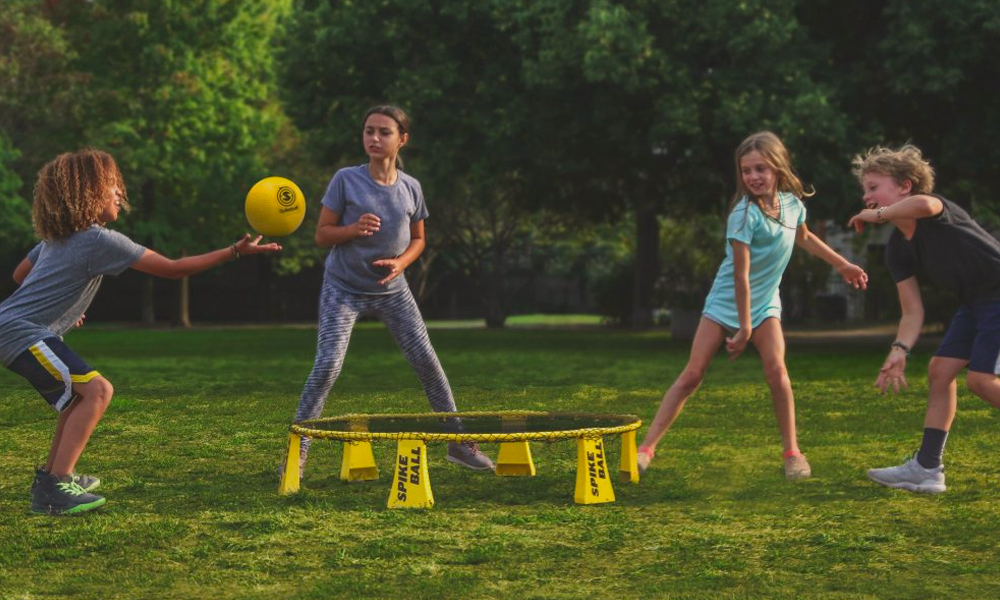1. Trauma creates fear and stress sensitivity in children. Even for a child adopted from birth, their internal systems may already be more sensitive and fearful than that of a child remaining with his biological parents. You must also consider the first nine months in which the child developed. These early experiences as well could have major implications.
2. Recognize and be more aware of fear being demonstrated by your child. Be more sensitive and tuned in to the small signals given such as clinging, whining, not discriminating amongst strangers, etc. All are signs of insecurity which can be met by bringing the child in closer, holding, carrying, and communicating to the child that he is feeling scared, but you will keep him safe.
3. Recognize the impact of trauma in your own life. One of the single greatest understandings parents can have is a self-understanding. Research tells us that far more communication occurs non-verbally than verbally. Understanding the impact of past trauma in your own life will help you become more sensitive to when your reactions are coming from a place other than your existing parent/child experience. Re-experiencing past trauma is common when parents are placed in an ongoing stressful environment.
4. Reduce external sensory stimulation when possible. Decrease television, overwhelming environments, number of children playing together at one time, and large family gatherings. When necessary that these events take place, keep the child close, explain to him that he may become stressed and he can come to you when needed.
5. Do time-in instead of time-out. Rather than sending the stressed out and scared child to the corner to think about his behavior, bring him into to you and help him to feel safe and secure. Internally this will then permit him the ability to think about his actions. Though time-in is not a time for lecturing, it will allot your child an opportunity to calm his stress and then think more clearly. Another effective key is to let the child decide how much time-in he needs.
6. Do not hit traumatized children. Doing so will only identify you as a threat. The biblical verse spare the rod, spoil the child speaks to the raising of sheep. A rod is used to guide the sheep and the staff to pull him back into line when he strays. Hitting children, just like sheep, will cause them to become frightened of you and in many instances to runaway or hit back.
7. There is never enough affection in the world. A very simple technique for time is the affection prescription 10-20-10. Give a child 10 minutes of quality time and attention first thing in the morning, 20 minutes in the afternoon, and 10 in the evening. Following this prescription of time has proven to have a great impact on the most negative behavior.
8. Encourage an Individualized Education Plan in the classroom developed in or with an understanding of the child’s stress and fear. This may assist in addressing such vital areas as homework, playground, peer inter- action, lunchtime, and physical education. All common areas of reduced structure and increased stress.
9. Educate yourself regarding the impact of stress and trauma on families. Try not to scapegoat your child for his difficulties, but rather take responsibility for creating the environment necessary for healing his hurtful experiences. There are many resources available. A few of note are: The Post Institute Beyond Consequences; Child Trauma Academy; and Traumaresources.org
10. Seek support. Parenting a child with trauma history can take its toll on the best of parents. Seek out an adoption support group or system for occasional respite care, discussing of issues, and the sharing of a meal. Such small steps can go a long ways during particularly stressful times.
B. Bryan Post is a Licensed Clinical Social Worker in the states of Virginia and Oklahoma and is registered to practice within various other states. He specializes in working with adults, children and families who struggle with issues related to early life trauma and the impact of trauma on the devel- opment of the mind body system. He lives with his wife Kristi and their three daughters in Virginia Beach, Va.
He is author of the book From Fear to Love: Parenting Difficult Adopted Children
Reprinted from The Foster Parenting Toolbox EMK Press 2012. Used with permission. This article has been used in countless foster parent trainings as well. Find The Foster Parenting Toolbox at online booksellers or on EMK Press!













